11:00 AM - 11:25 AM
Description
Soon, we will be able to use 5G and visual positioning system (VPS) technology to create immersive applications in a city-scale environment. Such dynamic XR applications on city scale will rely on extreme wireless performance and network awareness. Jasmeet and Matias will emphasize and explain how Ericsson is collaborating with the XR startup ecosystem and players like Immersal via its Startup5G program to help creators and brands understand wireless network capabilities and to scale up these applications and create a vibrant XR ecosystem that can drive economic growth and enhance the user experience for everyone. They will also describe the interesting business potential of technology like 5G and VPS for location-based services, such as navigation and advertising in real world metaverse.
Speakers
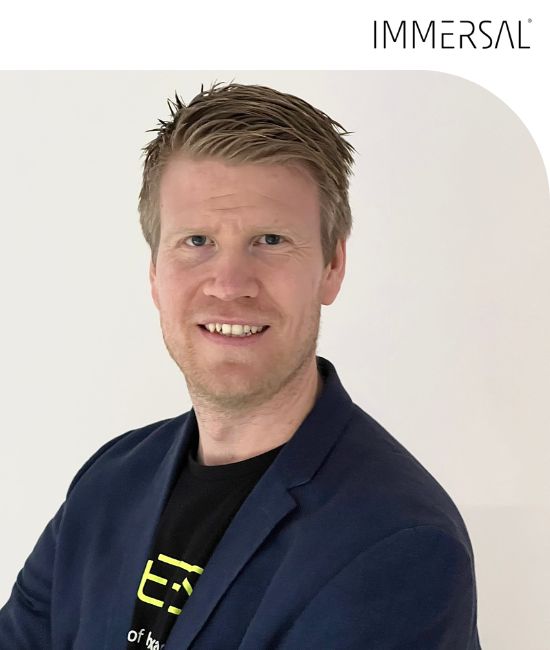

11:30 AM - 11:55 AM
Description
Join the RP1 team to find out how to build your immersive applications faster and deploy instantly to a global audience. Discover how RP1’s new integrated service and protocol architecture delivers a massively multi-user metaverse. Learn how real-time scale and streamable content pipeline enables you to start developing easily.
The RP1 team will show how developers use early-access SDK to create their own tools, services and immersive experiences that already support 100,000 simultaneous VR users in a single, shared world. And how you, too, can get multiplayer and spatial audio out of the box without the restrictions of current siloed platforms.
Speakers


01:25 PM - 01:50 PM
Description
With various companies announcing their support for WebXR, there is an acute need to understand its advantages and disadvantages. How does performance and visual fidelity compare? How do you monetize? Can you even build big projects on the web?
In their talk, Jonathan Hale, CEO & founder of Wonderland, and Lydia Berry, COO of “The Fitness Resort” will answer your pressing questions about VR, AR and MR on the web.
Speakers
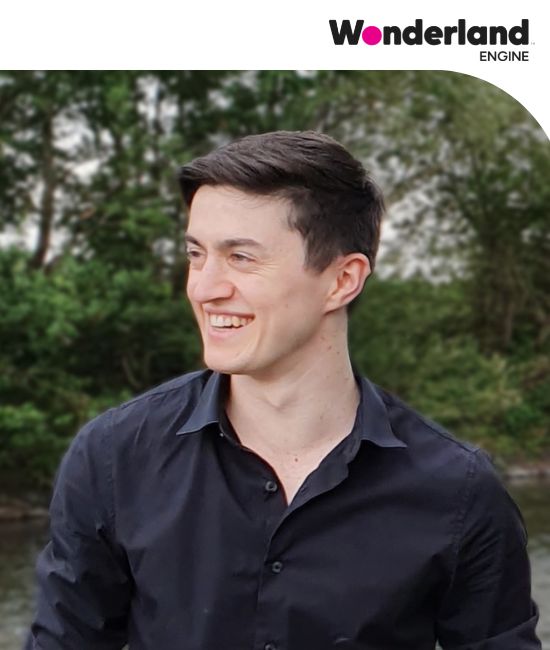

01:55 PM - 02:20 PM
Description
Creating a new reality with Snapdragon Powered Devices: Join Said Bakadir, Sr Director of XR Product Management at Qualcomm Technologies, Inc. as he leads a lively discussion with XR OEMs about the challenges they face and the successes they have achieved in XR.
Speakers

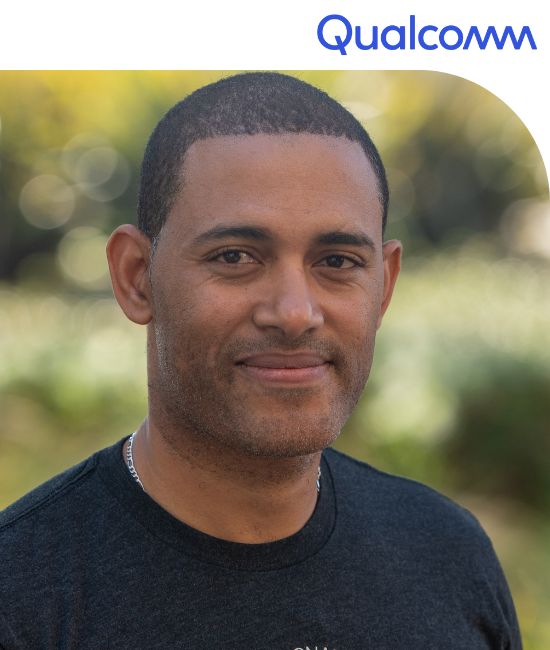
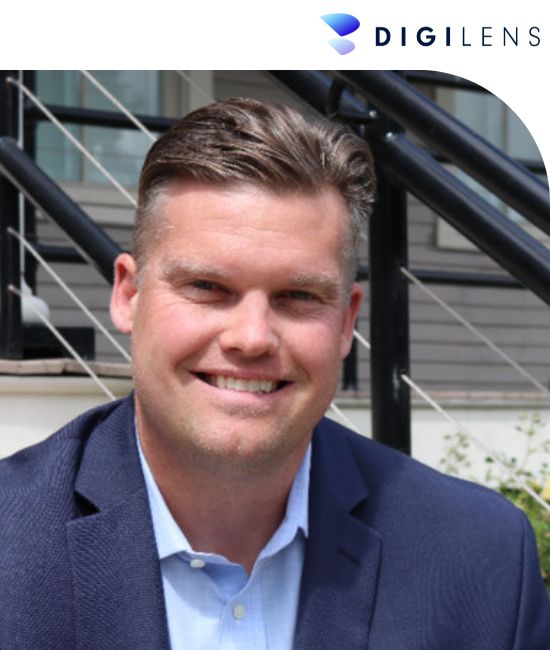
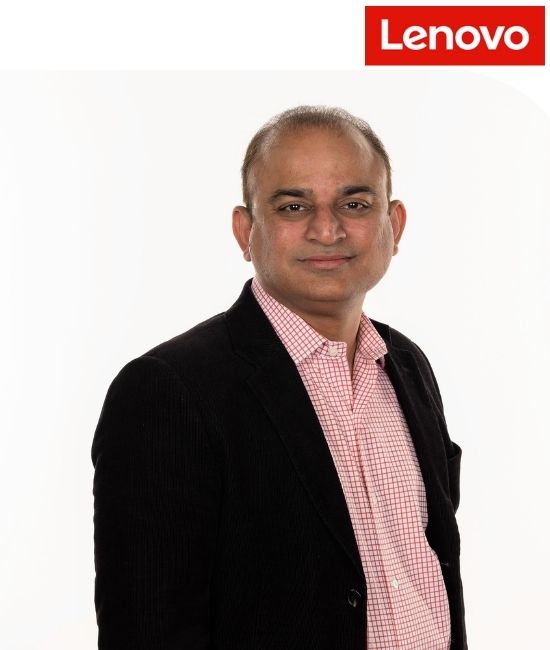
02:25 PM - 02:50 PM
Description
The AR landscape allows us to create unique experiences, but sometimes, we face platform limitations and constraints. Over the years we learned that it doesn’t mean having a lesser result. Your AR experiences could even be greater if you pick the right battles to fight.
We will go over a few projects from The Electric Factory that showcases how shaders, UV tricks, and procedural animations could add more value to your experiences.
We will dive into Talita Hoffman’s project, a 20 feet mural at Meta’s Brazil office with nine fully animated spaces living together in a single AR Filter. With the help of custom-built shaders and procedural animation, we delivered this experience under 3.7 MB with sound design included.
We will also revisit the SpaceJam AR project, a fully animated 360 panorama with 15 animated characters. With procedural animations and a series of UV tricks, we delivered an engaging experience under 1.7 MB with outstanding results.
Let us show you how to augment your reality with the best hacks in the business.
Speakers
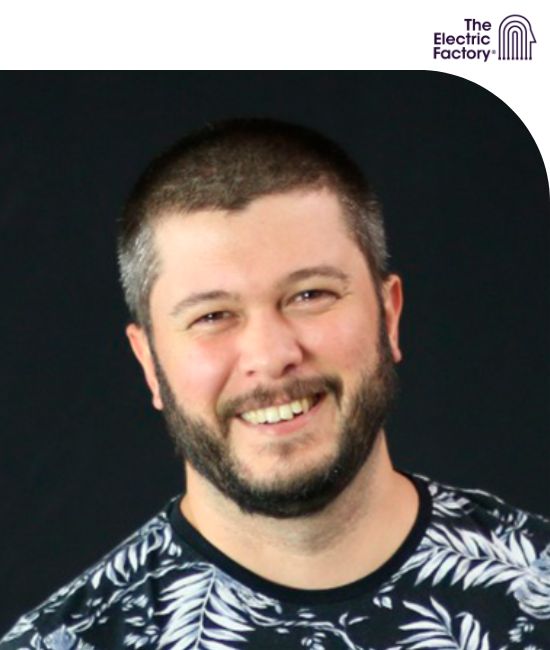

02:55 PM - 03:50 PM
Description
Realistic-looking materials are essential to creating virtual worlds that are tactile and inviting. Creating believable materials for 3D objects is a complex problem with several approaches, many of which are either prohibitively difficult to master or unsuited for transmission over the web. Over the past decade, however, Physically Based Rendering (PBR) has emerged as an artist-friendly, intuitive, expressive, and robust technique for adding material attributes to 3D objects.
As part of its stewardship of the glTF standard, the file format known as the “JPEG of 3D,” The Khronos Group has created formal specification extensions for a variety of PBR materials. In this session, members of the 3D formats working group will present the latest waves of PBR extensions, explaining what they can achieve and best practices for using them to create 3D assets. They’ll also discuss how to test for model performance consistency across 3D viewers.
Speakers




04:05 PM - 04:30 PM
Description
The metaverse is here and a paradigm shift from 2D to 3D is happening. Users are moving from content consumption in web and mobile towards content participation in 3D immersive experiences.
3D apps are exponentially more personal and behavioral. Providing users with agency to actively engage with experience. Traditional web & mobile analytics tools are insufficient with this new dimension, there are greenfield opportunities for new metrics in understanding human behavior.
In this talk Tony will discuss:
• The unique challenges and considerations of measuring and analyzing user behavior and data in immersive experiences
• The various methods and tools available for collecting and analyzing user data, including eye tracking, position, biometric sensors, and heat maps
• How to leverage insights from VR/AR content to improve and optimize your 3D apps for success
Speakers
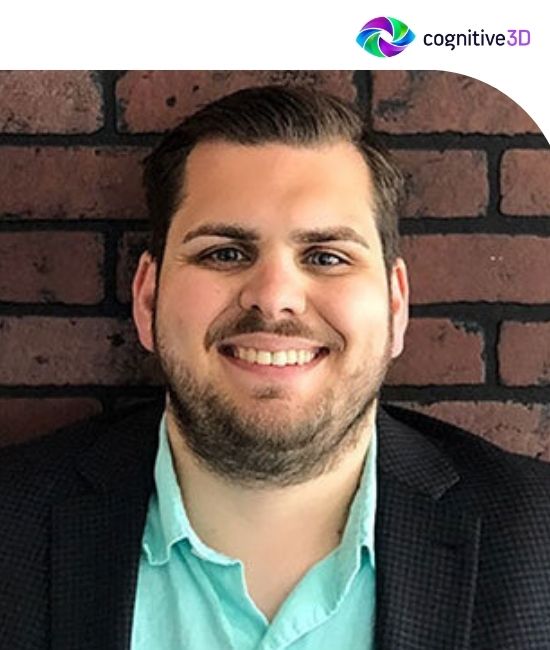
04:35 PM - 05:00 PM
Description
Join us for an in-depth look at the design philosophy of DigiLens' XR Platform for the Enterprise and Lite-Industrial market, presented by DigiLens VP & GM of Product Nima Shams and Principal Software Engineer Vinay Malekal. Discover the revolutionary technology and how to develop for ARGO, the future of wearable computing, and DigiOS, an industrial focused AOSP-based operating system optimized for XR, body position independence and hands-free experiences.
Speakers

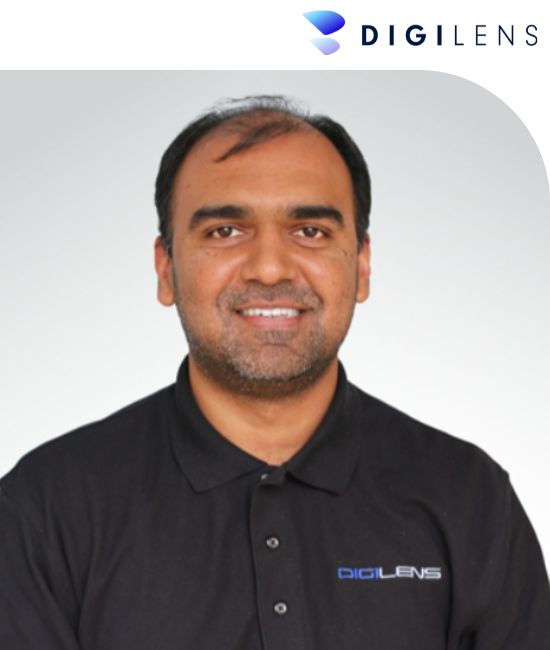
05:05 PM - 05:30 PM
Description
More than half of consumers see shopping as the number one reason to use AR today, which means now is the time to revamp your company’s shopping experiences with AR in mind. Join Patrick Hadley, AR Shopping Technology Project Manger at Snap, to learn how you can start creating AR Try-On Lenses featuring realistic-looking jewelry and accessories. In this session, you’ll learn how to prototype and create unique Fashion AR Try-On Lenses quickly by using Lens Studio and AR templates. Create beautiful graphics by enabling reflections rendering with one click of a button. Plus, add gem rendering to bring even more realism to your Lenses. You’ll also learn how to deploy AR Lenses to Snapchat — where you can reach the more than 250M people who use AR daily — and to your own apps or websites using Camera Kit.
Speakers


05:35 PM - 06:00 PM
Description
Although Microsoft has substantially withdrawn from its Mixed Reality and Metaverse ambitions, the left behind a sizable catalog of community built enterprise apps and games, as well as a toolset, the MRTK, on which they were developed. In this talk, we will walk you through the steps required to port a HoloLens app built on one of the MRTK versions to other platforms such as the Magic Leap 2 and the Meta Quest Pro. We hope to demonstrate that, due to clever engineering, whole ecosystems can be moved from one platform to other newer platforms, where they can continue to evolve and thrive.
Speakers

